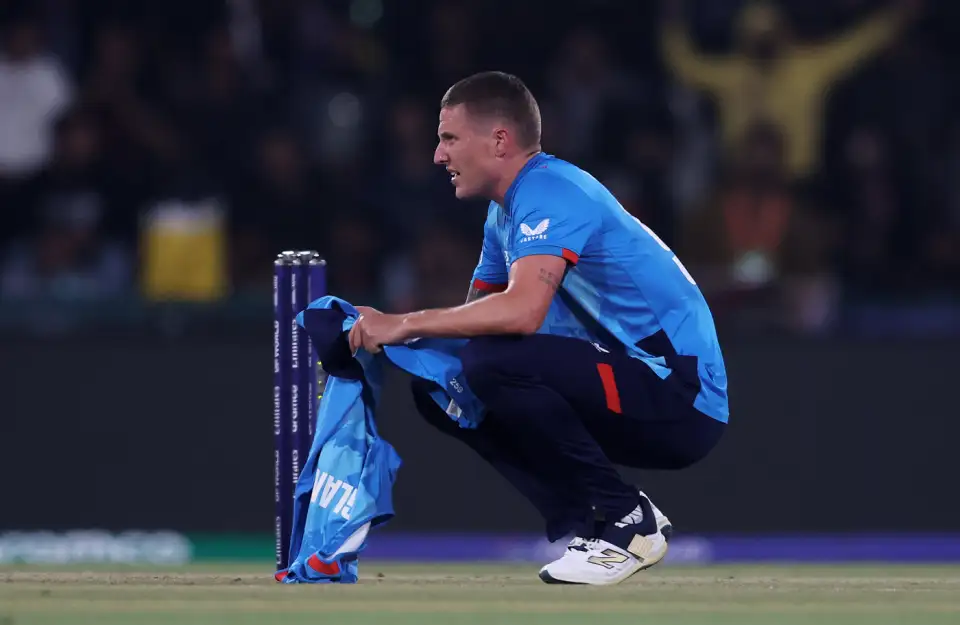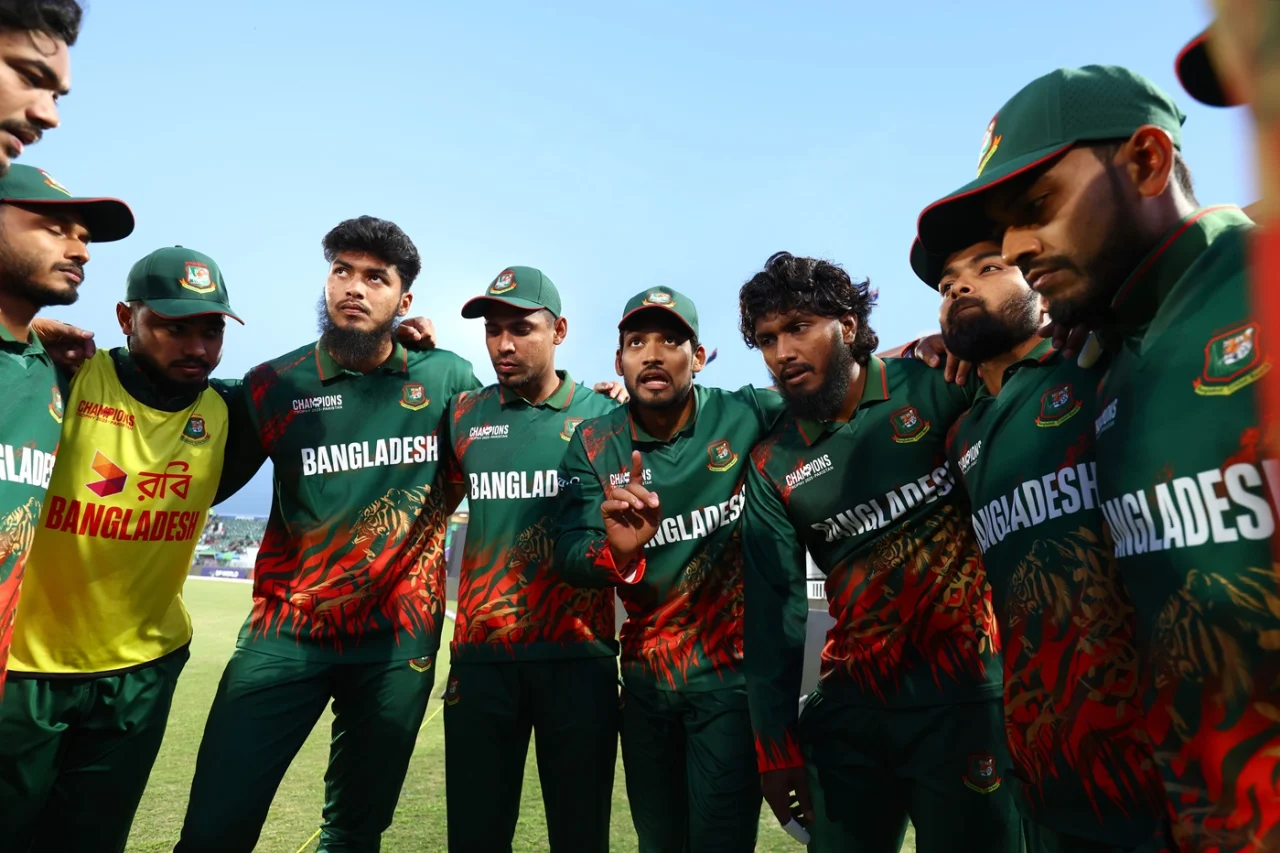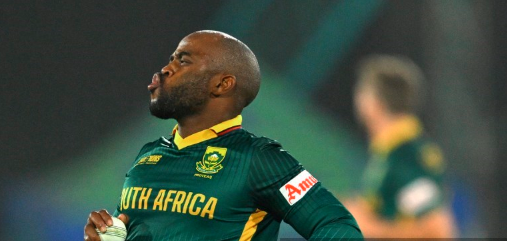MCC proposed standard balls, countdown clock, free hit in Tests

Test Cricket. -Collected

||Desk Report||
The MCC World Cricket Committee proposed several recommendations including the use of standard balls, countdown clock, free hit for improving the Test cricket in their recently ended meeting in Bengaluru on March 8-9. Besides, the World Cricket committee has shared its unanimous support for the inclusion of a women’s T20 competition in the next Commonwealth Games scheduled to be held in England in 2022.
The committee said in a press release, "The MCC World Cricket committee recommends that Free Hits should be introduced after No balls in Test matches. The system is used in the white-ball formats and the added deterrent results in there being fewer No balls than in Tests. For example, England recently had a spell of 45 ODIs without bowling a No ball, yet they bowled eleven in the three-Test series against the West Indies. The system would not only be exciting for crowds when there was a Free Hit but also it would help to speed up over rates if fewer No balls are bowled."
Use of a standard ball for World Test Championship
The MCC World Cricket committee said that it would benefit the Championship for a standard ball to be used in these matches, except for those played as day/night matches. It would be for the ICC to choose which ball is most suitable, with the committee stressing that the balance between bat and ball is crucial. Meanwhile, the World Test Championship begins after the ICC Men’s Cricket World Cup.
Trials of the use of different balls have been taking place in different countries at first class level. Currently, the Dukes ball is used for Tests in England and the West Indies, the SG ball is used in India, and the Kookaburra is used in all other countries. For day/night Tests, the pink Kookaburra has been the ball of choice, whilst all One Day International and T20 International cricket uses the white Kookaburra ball.

Countdown clock to speed up play
The MCC World Cricket committee believes that a number of measures should be investigated, to speed up the pace of play in Test matches. When asked what the main barriers were for attending Test Cricket, 25% of fans from England, Australia, New Zealand and South Africa mentioned slow over rates. In those countries, where spinners bowl fewer overs, the full 90 overs are sometimes not bowled in a day, even with the extra 30 minutes. ICC’s statistics from May 2018 showed that over rates in the last year were the lowest in the eleven years that they had been measured, at 13.77 per hour.
The committee said "more urgency needed to be shown" by players, adding: "They should play a brand of 'ready-cricket' with more forward planning".
Whilst the Decision Review System (DRS) was partly responsible for the delays, the committee felt that a series of measures should be introduced to help to speed up the game. More urgency needed to be shown by the players, who should play a brand of “ready-cricket” with more forward planning. Specific recommendations include:
A timer, to be shown on the scoreboard, to count down from 45 seconds from the call of “Over”. (This would be increased to 60 seconds for a new batsman on strike and 80 seconds for a change of bowler). If either side is not ready to play when the clock reaches zero, they would receive a warning, with further infringements in that innings resulting in five Penalty runs being awarded to the opposition. This is consistent with Laws 41.9 (Time wasting by the fielding side) and 41.10 (Batsman wasting time).
A similar timer to be used at the fall of wickets, potentially with variable times, depending on the distance from the dressing rooms to the pitch, and at drinks breaks. Batsmen and fielders should be in position before the clock reaches zero.
During DRS reviews, the standard protocol should be cut short as soon as the TV production team is aware that it will be Not out. For example, time is often spent trying to discern an inside edge for LBWs, only to see, for example, that the ball was missing the stumps. As soon as the ball-tracking has been loaded, if it will result in a Not out decision, the TV umpire should be informed immediately.
Free hit in Test cricket
The MCC World Cricket committee recommends that Free Hits should be introduced after No balls in Tests. The system is used in the white-ball formats and the added deterrent results in there being fewer No balls than in Tests. For example, England recently had a spell of 45 ODIs without bowling a No ball, yet they bowled eleven in the three-Test series against the West Indies. The system would not only be exciting for crowds when there was a Free Hit but also it would help to speed up over rates if fewer No balls are bowled.




